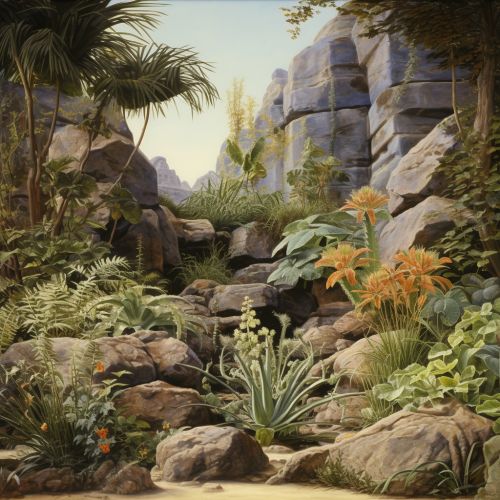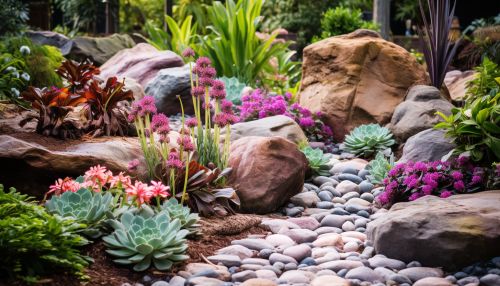The Role of Geology in Landscaping
Introduction
Geology, the science that deals with the earth's physical structure and substance, its history, and the processes that act on it, plays a significant role in the field of landscaping. It influences the choice of plants, the design of garden beds, and the layout of walkways and other features. Understanding the geology of an area can help to create a landscape that is in harmony with the natural environment, and can also contribute to the sustainability of the landscape.


Geology and Landscape Design
The geological characteristics of an area can greatly influence the design of a landscape. The type of rock present, the soil composition, and the local climate all play a part in determining what kind of plants will thrive in a particular location. For example, some plants prefer sandy soils, while others require clay or loam. Understanding the geology of an area can help a landscape designer choose plants that are well-suited to the local conditions, which can contribute to the success of the landscape.
Geological Features in Landscaping
Geological features such as rocks, hills, and valleys can be used to great effect in landscape design. They can provide a sense of scale and perspective, and can also serve as focal points in the landscape. Rocks, for example, can be used to create rock gardens, or can be incorporated into walls or paths. Hills and valleys can be used to create a sense of depth and dimension in the landscape, and can also provide opportunities for creating different levels or 'rooms' within the garden.
Soil and Plant Selection
The type of soil in an area is largely determined by its geology. Different types of rocks break down into different types of soil, and these can vary greatly in their suitability for different types of plants. For example, sandy soils, which are often found in coastal areas, are generally well-drained and are suitable for a wide range of plants. Clay soils, on the other hand, can be heavy and poorly drained, and may require the addition of organic matter to improve their structure and fertility. Understanding the soil type in an area can help a landscape designer choose plants that are well-suited to the local conditions.
Geology and Sustainability
Understanding the geology of an area can also contribute to the sustainability of a landscape. For example, in areas where water is scarce, understanding the local geology can help a landscape designer choose plants that are drought-tolerant, or that can thrive in conditions with limited water. Similarly, in areas where the soil is poor, understanding the local geology can help a designer choose plants that are well-suited to the local conditions, reducing the need for fertilizers and other inputs.
Conclusion
Geology plays a crucial role in landscaping, influencing everything from the design of the landscape to the choice of plants. Understanding the geology of an area can help to create a landscape that is in harmony with the natural environment, and can also contribute to the sustainability of the landscape.
